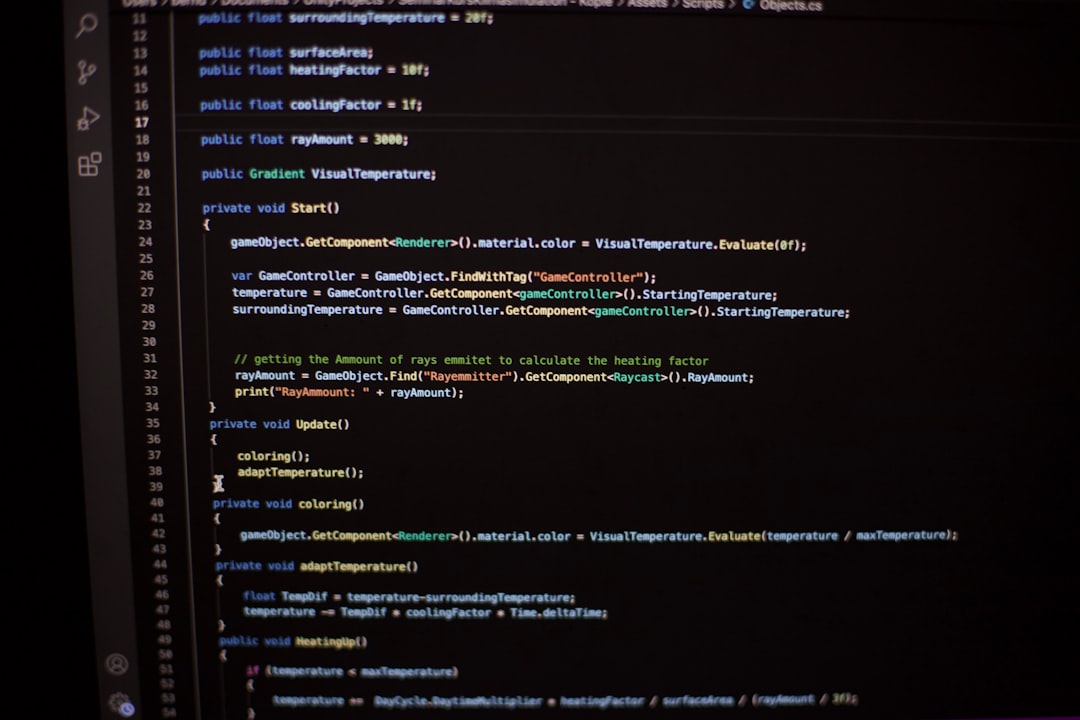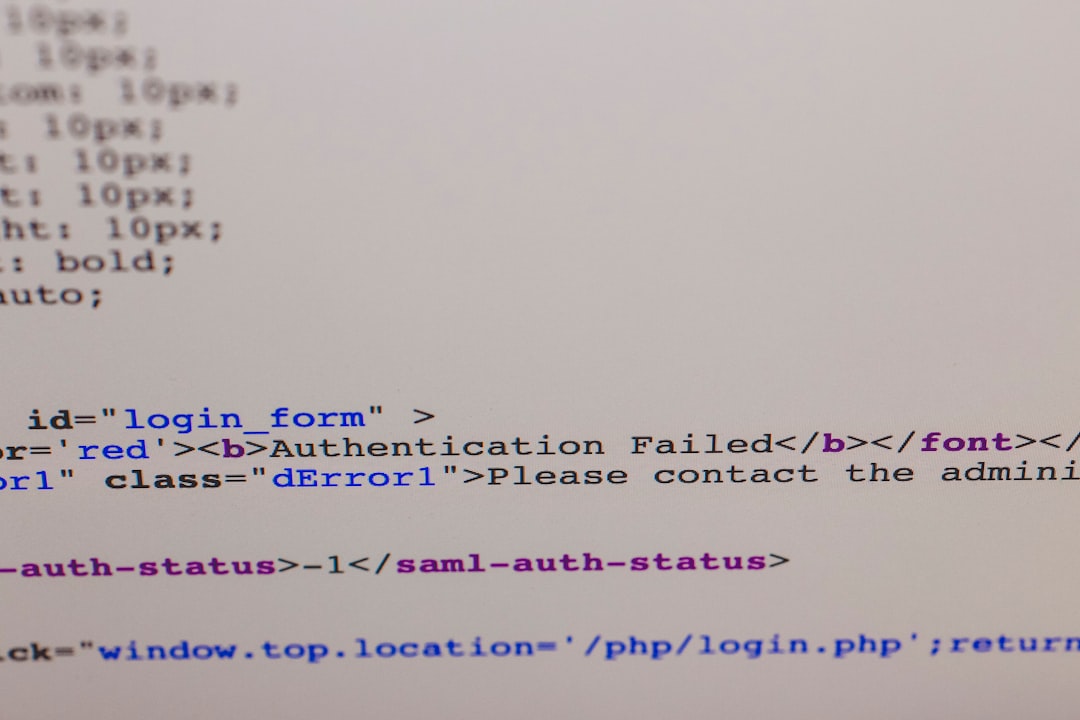What if we told you that the success of your marketing isn’t about knowing someone’s age, gender, or zip code? Sounds strange, right? But it’s true. In today’s world, how people behave matters more than who they are.
Welcome to the world of intent segmentation based on behavior. It’s smart. It’s simple. And it wins.
What Is Intent Segmentation?
It’s a fancy term, but the idea is easy. Instead of grouping people by demographics like age or income, we group them by what they’re trying to do. In short, it’s about why they’re here and what they want.
Think of it like walking into a store. Some people are there to browse. Some want to buy. Others just need directions. Intent segmentation helps brands figure out who’s who—by watching their actions.
Why Not Use Demographics?
Demographic data is everywhere. It’s what marketers have used forever. But here’s the problem:
- People of the same age can have different needs.
- Income doesn’t always predict buying behavior.
- Location isn’t everything, especially online.
Imagine a 25-year-old woman in New York and a 45-year-old man in Texas… both trying to buy the same laptop. Their journeys, behaviors, and goals might be very similar—even if their profiles aren’t.
Behavior Is the Real Gold
People show us who they are with what they do. Not what boxes they check on a form. Here’s how behavior-based segmentation works:
- Clicks: Which links do they click?
- Time: How long do they stay on a page?
- Frequency: Do they visit often?
- Path: What steps do they follow before buying—or leaving?
These actions speak volumes. They tell us what people care about, how ready they are to act, and what kind of help they might need.

Segmenting by Intent
Once we understand behavior, we can group users by intent. Here are a few common intent segments:
1. Researchers
They’re curious. They read reviews, explore FAQs, and compare products. They’re not ready to buy (yet).
2. Shoppers
They’ve added items to the cart. They check shipping options. They’re comparing prices. They’re considering a purchase soon.
3. Buyers
They’re hot leads. They’re entering payment info. Or maybe they just bought and need a thank-you or upsell!
4. Loyalists
These are repeat customers. They read your emails. They tell their friends. They’re invested in your brand.
5. Wanderers
They leave quickly. They’re not engaged. Maybe they clicked by accident, or your page didn’t match what they were looking for.
Knowing who falls where lets you send the right message at the right time.
Examples in Action
Retail
A person looks at a running shoe five times in one week. They check the sizing guide. They read reviews. No purchase—yet. That’s a motivated shopper. Time for a 10% discount popup?
Travel
Someone browses beach resorts, compares prices, and saves dates. They’re planning a vacation. You could send an email with a limited-time flight deal.
Software
A new visitor reads your pricing page but doesn’t sign up. They might still be uncertain. How about a chatbot that says, “Got questions?”
These are real-time behaviors. They say more than any survey ever could.

Benefits of Behavior-Based Segmentation
Let’s get clear. This isn’t just a geeky data trick. There are real-world payoffs:
- Higher conversions: Talk to people when they’re ready.
- Less waste: Stop sending the same message to everyone.
- Happier customers: Personalized help makes people feel understood.
- More loyalty: When people feel heard, they come back.
How to Get Started
Ready to dive in? Awesome. Here’s how to begin:
1. Track Behavior
Use analytics tools to follow clicks, page views, time on page, and more. Tools like Google Analytics, Mixpanel, and Hotjar can help.
2. Find Patterns
Look for trends. Do certain behaviors lead to purchases? Where do people drop off?
3. Define Segments
Group users based on similar actions. You might start with just three: curious, considering, and converting.
4. Personalize Content
Create messages for each intent group. Tutorials for beginners. Demos for shoppers. Discounts for close-to-buying visitors.
5. Test and Improve
This isn’t a one-time thing. Keep adjusting your segments. Behavior changes, and so should your strategy.
Don’t Overcomplicate It
This might sound high-tech, but it’s really about being more human. Behavior-based segmentation helps you answer the golden question:
“What does this person need right now?”
You don’t need endless surveys or gobs of demographic data. Just pay attention. Watch what users do. Then use that to help them better.
Imagine the Possibilities
The future of marketing is personal. And it’s powered by behavior. Imagine a world where every visitor gets:
- A faster path to what they need
- Fewer distractions
- More delightful experiences
That’s good for them—and great for you.

Final Thoughts
You don’t need to know someone’s birthday to sell them shoes. Or hair dye. Or gym memberships. You just need to know their intent.
So skip the stereotypes. Ditch the outdated profiles. Let behaviors guide your marketing. When you focus on what people do, not who they are, magic happens.
Simple, right?

